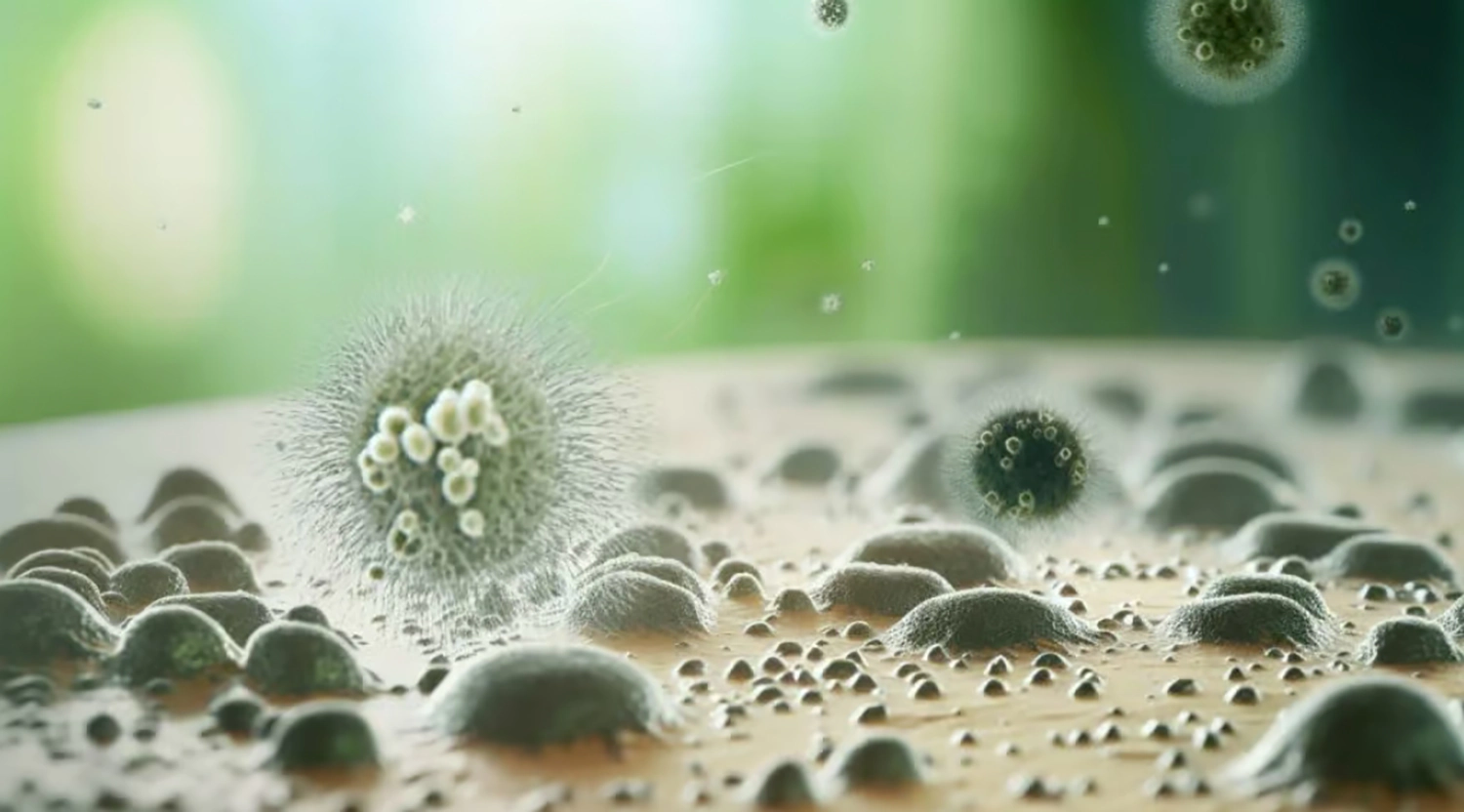Discovering mold near your plumbing fixtures can be both frustrating and alarming. Mold isn’t just an eyesore—it can signal hidden plumbing issues and lead to serious health risks if left untreated. Whether you find it around your bathroom sink, under the kitchen faucet, or near your shower valve, knowing what to do when you see mold near plumbing fixtures is crucial for protecting your home and family.
In this article, we’ll walk you through why mold forms around plumbing, what immediate steps you should take, and how to address both the symptoms and the root cause. We’ll also explore when it’s time to call a professional plumber or mold remediation expert.
Contents
Why Mold Forms Near Plumbing Fixtures
Mold thrives in damp, dark, and poorly ventilated environments—making areas around plumbing fixtures a prime target. Common causes of mold near sinks, showers, and toilets include:
- Slow or hidden leaks in pipes, seals, or joints
- Condensation buildup on cold water pipes
- Poor ventilation in bathrooms or kitchens
- Standing water or constant moisture around fixtures
- Broken caulking or cracked tile grout
Even a small, slow drip behind your wall or beneath your vanity can create the perfect breeding ground for mold over time. That’s why early detection and proper response are key.
Is Mold Dangerous?
Yes—some types of household mold can pose serious health risks, especially to individuals with allergies, asthma, or weakened immune systems. Black mold (Stachybotrys chartarum) is particularly notorious, but even common types like Aspergillus or Cladosporium can cause symptoms such as:
- Coughing, sneezing, or wheezing
- Skin rashes
- Eye or throat irritation
- Headaches or fatigue
- Worsening asthma symptoms
The longer mold remains undisturbed, the more spores it can release into your indoor air—affecting the health of your entire household.

Step-by-Step: What to Do If You Find Mold Near Plumbing Fixtures
If you’ve noticed dark patches, musty smells, or visible mold growth near your plumbing, follow these steps:
1. Don’t Disturb It Immediately
Avoid scrubbing or wiping the mold without proper protection. Disturbing mold without containing it can release spores into the air, increasing your exposure and spreading contamination.
2. Inspect for Moisture or Leaks
Look carefully around the fixture for signs of leaking:
- Wet caulking
- Water stains on nearby walls
- Pooled water under cabinets
- Rust on pipe connections
- Bubbling or peeling paint
If there’s an active leak, shut off the water supply to that fixture and dry the area as much as possible.
3. Ventilate the Space
Open windows or turn on exhaust fans to reduce humidity. Mold cannot grow without moisture, so improving airflow and lowering humidity levels can slow its spread.
4. Wear Protective Gear
If you plan to clean minor mold growth yourself, wear gloves, goggles, and an N95 respirator mask. Never clean mold with bare hands or without respiratory protection.
5. Clean with Safe Solutions
For small, surface-level patches of mold (less than 1 sq. meter), you can use:
- A mixture of white vinegar and water (no rinse needed)
- Hydrogen peroxide (3%) spray
- Baking soda mixed with warm water
Avoid using bleach on porous surfaces like drywall—it may worsen the problem by only killing surface mold and pushing moisture deeper.
6. Remove Damaged Materials
If the mold has penetrated drywall, insulation, baseboards, or wood framing, those materials may need to be removed and replaced. Porous materials that remain damp will continue to feed mold growth.
When to Call a Professional
While small mold patches might be manageable as a DIY project, larger infestations require professional intervention. You should call a licensed plumber and mold remediation expert if:
- The mold covers more than 1 square meter
- You smell musty odors but don’t see visible mold
- There are signs of ongoing leaks or water damage
- Mold is growing behind walls, under floors, or inside cabinets
- You or a family member are experiencing health symptoms
A professional plumber can detect and fix hidden leaks, replace faulty pipes, or re-seal failing fixtures. At the same time, mold remediation teams can safely remove and treat contaminated areas using specialized equipment like HEPA filters and air scrubbers.

Preventing Mold in the Future
Once you’ve dealt with existing mold, it’s important to prevent it from coming back. Here’s how:
- Regularly inspect plumbing fixtures and under-sink cabinets for signs of moisture
- Use high-quality caulking around tubs, sinks, and showers
- Ensure bathrooms and kitchens have proper exhaust ventilation
- Install moisture detectors or leak alarms in problem-prone areas
- Fix leaks immediately and keep humidity below 50%
If you live in Toronto or the GTA, seasonal humidity and older plumbing systems can increase the risk of mold. That’s why many homeowners schedule regular plumbing inspections to catch issues early.
Why Choose POM Plumbing for Leak Detection and Mold Prevention
At POM Plumbing, we understand how quickly a small leak can turn into a major mold issue. Our team of licensed plumbers uses advanced tools like moisture meters and thermal imaging to identify hidden leaks behind walls, under floors, and inside cabinets.
We don’t just patch visible problems—we get to the root cause. Whether you need a minor repair, pipe replacement, or full fixture reinstallation, we deliver long-term solutions that keep your home safe, dry, and mold-free.
We proudly serve homeowners across Toronto, North York, Etobicoke, Mississauga, and the GTA.
Final Thoughts
Finding mold near your plumbing fixtures doesn’t mean disaster—but it does mean action. Mold often points to an underlying moisture problem that, if left unchecked, can cause expensive damage and affect your health. The good news? With the right steps and help from experienced professionals, you can remove the mold, repair the damage, and keep it from coming back.



